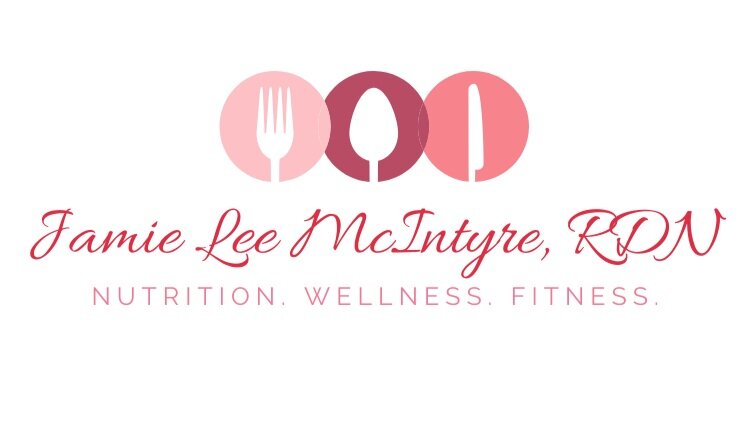How to Turn Your Salad into a Filling and Satisfying Meal
Do you often enjoy a salad for lunch but still find yourself hungry an hour later? While salads are a great source of nutrients and fiber, they can sometimes leave you feeling unsatisfied if they’re missing key components. Even with lean protein like grilled chicken, omitting starchy vegetables, grains, or healthy fats can cause blood sugar dips and trigger hunger hormones.
The good news is that with a few simple strategies, you can turn your salad into a balanced, filling, and satisfying meal that keeps you fueled throughout the day.
1. Choose Your Greens and Vegetables
Start with a solid base of low-starch vegetables. Use the Plate Method as a guide: fill at least half of your plate with nutrient-dense veggies, such as:
Leafy greens (spinach, romaine, kale, arugula)
Cucumbers, tomatoes, bell peppers, carrots, radishes, and broccoli
Aim for 2–3 cups of vegetables per salad to maximize fiber and vitamins while keeping calories in check. Avoid starchy vegetables like corn, peas, and potatoes at this stage—they will be added later for energy balance.
2. Add Protein for Satiety
Protein helps you feel full and maintains energy levels throughout the afternoon. Choose from:
Animal-based proteins:
Grilled, roasted, or baked chicken or turkey
Salmon or tuna
Boiled or poached eggs
Vegetarian protein options:
Beans (chickpeas, black beans, kidney beans, pinto beans, edamame)
Tofu or tempeh
Natural cheeses (cheddar, provolone, swiss, mozzarella)
Use 3–4 ounces of protein per salad—roughly the size of your palm—for a satisfying portion.
3. Include Fiber-Rich Starches
Adding a source of fiber-rich starch helps stabilize blood sugar and keeps hunger at bay. Options include:
Fruits: berries, apples, oranges, grapes
Whole grains: quinoa, farro, brown rice, barley
Starchy vegetables: corn, peas, potatoes
Aim for ½–¾ cup of starch per meal—about the size of your clenched fist. This addition turns a light salad into a complete meal.
4. Add Healthy Fats
Healthy fats enhance flavor and increase satiety. Include fats wisely:
Nuts and seeds: almonds, walnuts, sunflower seeds, pumpkin seeds
Dressings: oil-based, creamy, or vinegar-based
Portion tip: Keep total fats to 2 tablespoons maximum. If using a light dressing, you can add more nuts or seeds; if using a creamy or oil-heavy dressing, limit to 1 tablespoon of each fat source. Visualize 1 tablespoon as roughly the size of your thumb or a poker chip.
5. Make Salads Exciting
Salads don’t have to be boring! Keep flavors interesting by exploring different themes:
Asian-inspired: sesame, soy, edamame, shredded cabbage
Fiesta: black beans, corn, salsa, avocado
Greek: olives, feta, cucumbers, tomatoes, oregano
Harvest: roasted squash, cranberries, pecans, goat cheese
Rotating your ingredients ensures you get a variety of nutrients, and keeps lunchtime exciting.
Key Takeaways for a Filling Salad
Fill half your plate with greens and vegetables.
Add protein for lasting satiety.
Include fiber-rich starches to maintain energy and balance blood sugar.
Add healthy fats in moderation.
Keep flavors interesting with theme-based salads.
Following these strategies will help you enjoy a balanced, nutrient-packed salad that keeps you full and energized all afternoon.
Build your salad choosing options from each column below.


